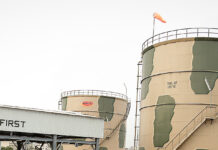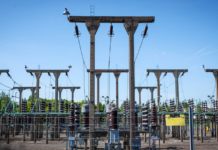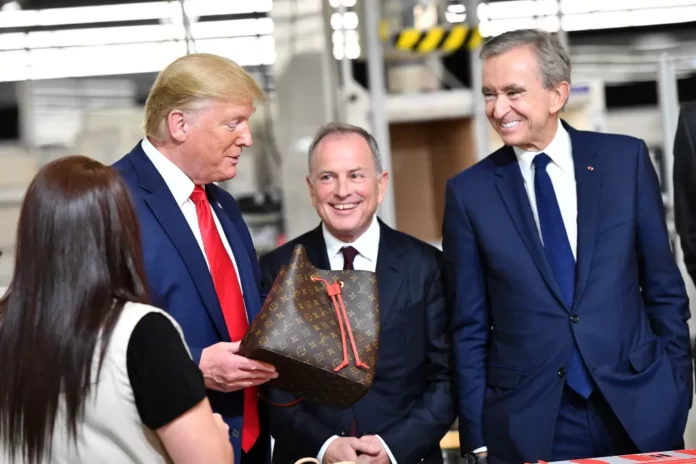LVMH’s Texas factory, which opened with great fanfare in 2019, has struggled with several production issues that have hindered its performance, according to multiple former employees.
Despite the high-profile ribbon-cutting ceremony attended by Bernard Arnault and President Donald Trump, the factory has faced persistent challenges, falling behind other Louis Vuitton production sites in terms of performance.
The factory, located on a 250-acre ranch, was built to mitigate the potential impact of tariffs on European-made goods by expanding Louis Vuitton’s U.S. production capacity. However, the facility has been plagued by a shortage of skilled leather workers, leading to subpar production and quality issues.
Errors during the cutting, preparation, and assembly stages led to a leather waste rate as high as 40%, significantly above the typical industry rate of 20%, former workers said.
While the factory focuses on making less sophisticated handbags like the Carryall, Keepall, and Metis lines, Louis Vuitton continues to rely on European ateliers for its higher-end products. Despite these hurdles, Louis Vuitton’s industrial director, Ludovic Pauchard, emphasized the company’s commitment to the Texas site, citing it as a “young factory” and stating that any bags produced meet the same quality standards as those made in Europe.
The production facility, which employs a range of artisans, has faced mounting pressure to meet production goals. Former employees described a high-pressure environment, where workers were sometimes encouraged to conceal defects, and shortcuts were taken to meet targets.
Some workers used methods such as melting material to hide stitching flaws, a practice Pauchard admitted occurred in the past but has since been addressed.
Despite the challenges, Louis Vuitton is investing further in Texas. LVMH received substantial tax incentives from Johnson County, including a 75% property tax cut for the first ten years, amounting to an estimated $29 million in savings. The company had initially promised to create 1,000 high-skilled jobs in Texas by 2024, but as of early 2025, headcount stood at just under 300 employees, according to three former staff members.
LVMH’s expansion into Texas includes plans for a second facility, which opened in 2023 at a cost of $23.5 million. The company aims to continue moving jobs from its California sites to Texas, despite recruitment challenges and difficulties associated with relocating skilled artisans.
As Louis Vuitton pushes forward with its U.S. production expansion, it continues to face the complex challenges of scaling up operations in a new region while maintaining the high-quality standards that the brand is known for. While the Texas factory’s early struggles may have slowed down its progress, LVMH is determined to make the facility a key part of its long-term strategy to mitigate tariff risks and meet growing demand for luxury goods in the U.S. market.
























